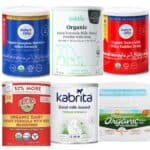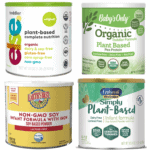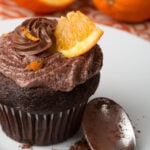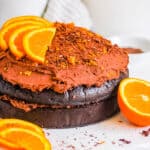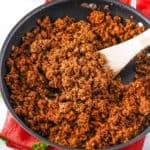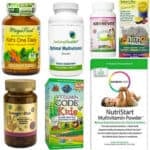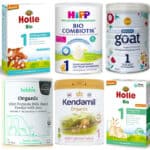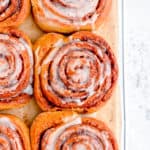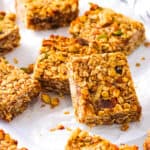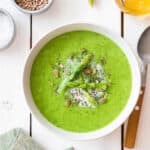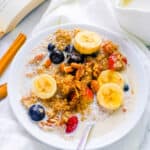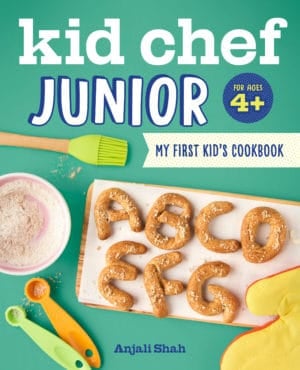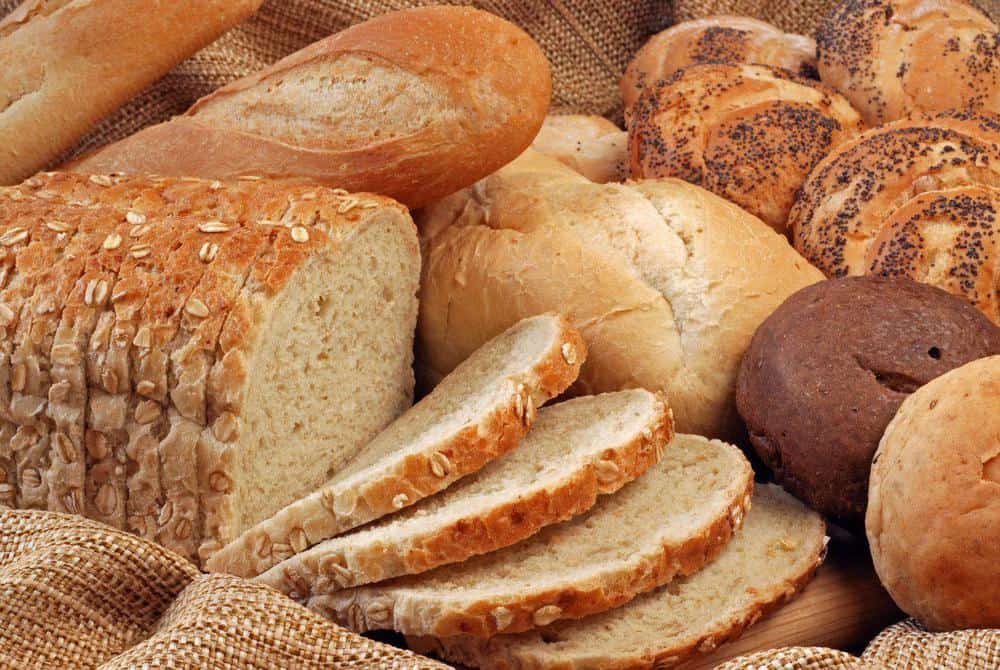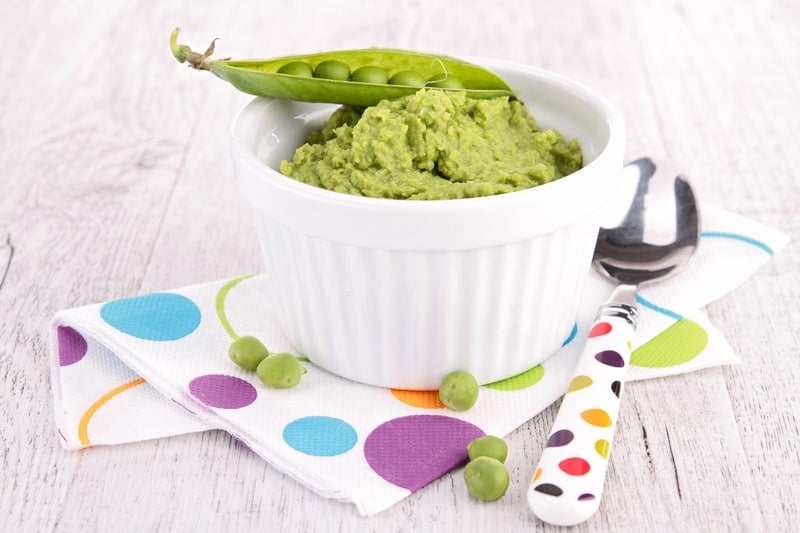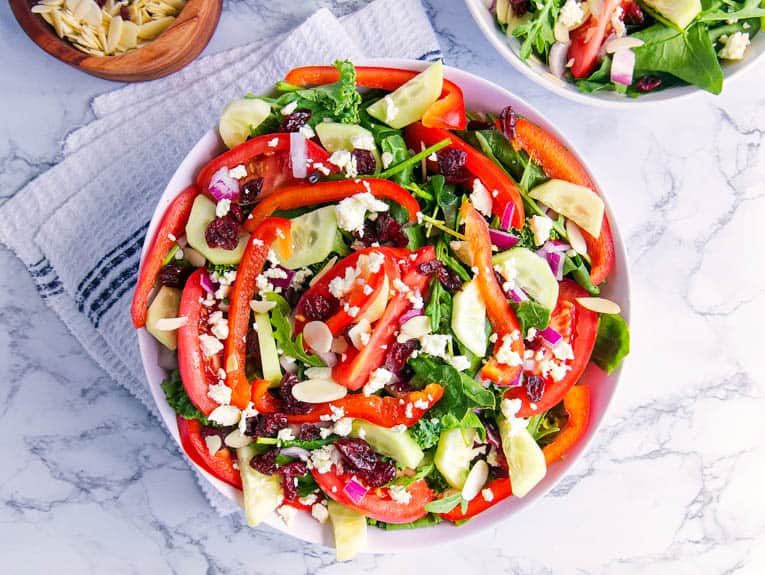Can You Reheat Baby Formula?
This post may contain affiliate links. As an Amazon Associate, I earn from qualifying purchases. Please read my disclosure.As a parent, you want to ensure your baby gets the best possible nutrition and comfort during feeding time. But if you’re giving your baby formula, you might be wondering “can you reheat baby formula?” This guide will help you navigate through the basics of reheating formula, safe methods, storage guidelines, and even explore alternatives to reheating. Get ready to become a formula reheating expert with this comprehensive guide!
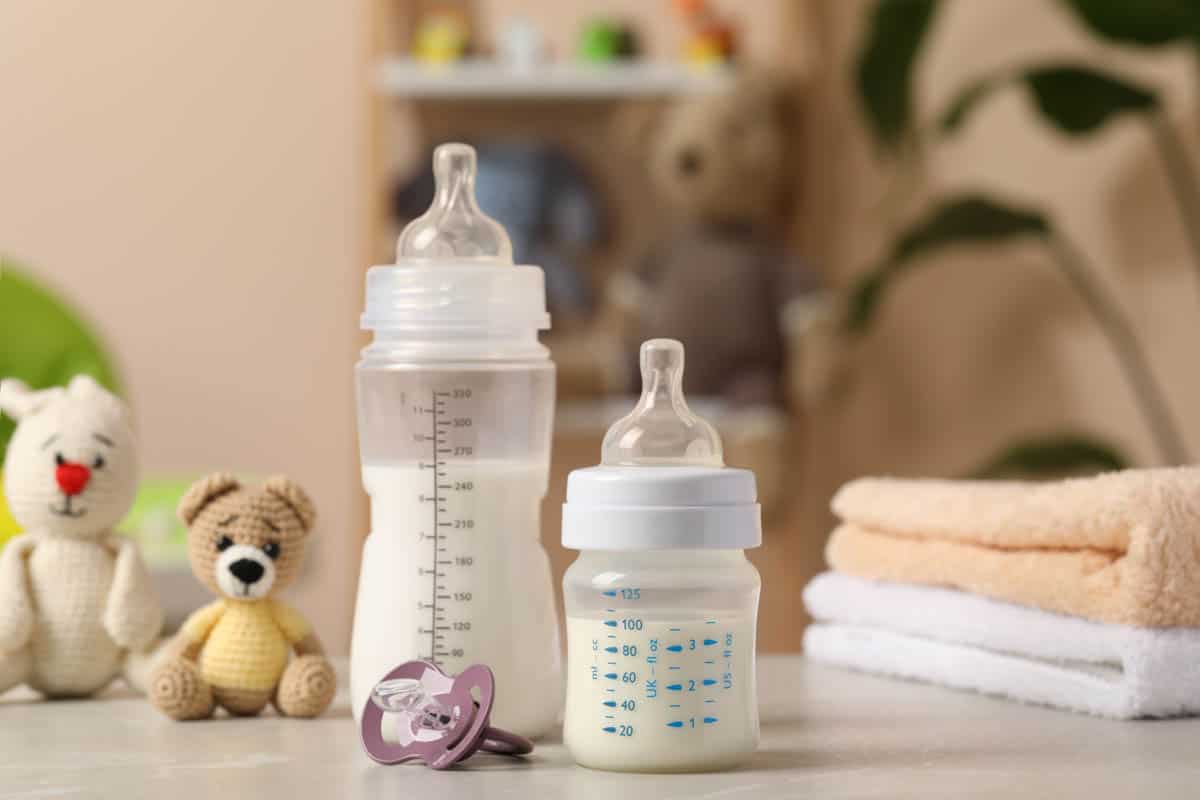
Baby Formula Overview
Baby formula, also known as infant formula, is a specially designed milk-based or non-milk-based substitute for breast milk. It is formulated to provide essential nutrients, vitamins, and minerals needed for the healthy growth and development of infants who are not breastfed or require supplementation.
Baby formula comes in various types, including cow’s milk-based, soy-based, or specialized formulas for infants with specific dietary needs or allergies. It serves as a safe and nutritious alternative when breastfeeding is not possible or preferred.
Different types of baby formula need to be prepared, heated, and stored differently, so the question of whether you can reheat baby formula or not depends on a variety of factors including how the baby formula has been handled and stored, and whether your baby has already started drinking it. Let’s dive into everything you need to know about reheating formula!
Featured Partner Offer
Shop The Best Baby Formulas For Your Child

- Baby formula delivered to your doorstep with free shipping
- Highest quality, organic European baby formulas at affordable prices
- Shop the best brands including HiPP, Holle, Lebenswert, Kendamil, Jovie, and more!
Why Do Parents Reheat Formula?
Parents may choose to reheat formula for various reasons, such as to accommodate a baby’s preference for warm milk or to make feeding more comfortable. Warm milk is easier for babies to digest, and the temperature’s similarity to breast milk can make the transition to formula feeding smoother.
Can You Reheat Formula?
The short answer is: it depends on whether your baby has started drinking the formula or not, and how long ago the formula was prepared!
The good news is, you can reheat formula that has been prepared within the past 24 hours and properly stored. BUT you can never reheat formula that your baby has started drinking.
Reheating Guidelines For Different Formula Preparations
- Powdered formula that has been prepared and stored at room temperature: Formula stored at room temperature is safe to drink for 2 hours. You can reheat this formula only if: 1) It’s been prepared in the past 2 hours and 2) Your baby hasn’t started drinking from the bottle yet.
- Powdered formula that has been prepared and stored in the fridge: Formula stored in the fridge is good for 24 hours. You can reheat this formula only if: 1) It’s been kept in the fridge for 24 hours or less and 2) Your baby hasn’t started drinking from the bottle yet.
- Ready to feed formula that has been opened and stored in the fridge: This type of formula is good for 48 hours in the fridge. You can reheat this unused formula only if: 1) It’s been less than 48 hours since you opened it and it’s been kept in the fridge the whole time and 2) Your baby hasn’t started drinking it yet. You can also reheat any unopened formula
- Formula that has been prepared, that your baby has started drinking: You can never reheat this formula after the first use. It’s best to throw it out.
Risks Associated With Reheating Formula
Reheating baby formula is a common practice for many parents, as it can mimic the temperature of breast milk (which is typically at body temperature), which most babies prefer. However, there are some potential risks that come along with reheated formula, such as bacterial growth and nutrient degradation.
Reheating a bottle of formula that your baby has started drinking can result in bacterial growth and can potentially make your baby sick. This is because, when your baby drinks from a bottle, bacteria from their mouth gets into the bottle, mixes with the formula, and can multiply. Reheating a bottle that your baby has already started drinking poses a risk of contamination and a risk of infection, because reheating won’t kill the bacteria in the bottle.
Additionally, reheating formula can lead to nutrient loss if not done appropriately. Reheating formula multiple times can lead to a decrease in its nutritional value, and there is a risk of contamination if the formula has been left out for an extended period.
Basics Of Reheating Baby Formula
Adhering to specific guidelines when reheating formula bottles is key to ensuring your baby’s safety. Some of these best practices include:
- Using a bottle warmer or warm water bath method
- Reheating the formula only once
- Testing the temperature of the formula by dripping some on the inside of your wrist to make sure it’s the right temperature and not too hot.
- Discarding any remaining formula that may have been contaminated by baby’s saliva
Safe Methods For Reheating Baby Formula
Adopting safe methods for reheating baby formula, such as a bottle warmer or warm water bath, is crucial for ensuring your baby’s health. These methods prevent nutrient loss and bacterial growth, ensuring your baby receives the best possible nutrition during feeding time.
Bottle Warmer Method
Bottle warmers are a devices specifically designed to heat formula or milk evenly and safely, thus reducing the risk of hot spots and nutrient loss. To utilize a bottle warmer, follow these steps:
- Fill individual bottles with the desired quantity of infant formula powder mixed with either bottled water, boiled water, or filtered water (avoid tap water if you can)
- Place the bottle in the warmer and activate it.
- Warm bottles: the warmer will heat the formula to the desired temperature.
Utilizing a bottle warmer can help reduce the risk of hot spots and nutrient loss by heating the prepared bottle of infant formula evenly. Additionally, it can save time, which is especially helpful for those middle of the night feedings!
Ensuring the proper use of a bottle warmer is essential, as improper handling could lead to overheating the formula and potentially causing a burn to the baby’s mouth.
Warm Water Bath Method
The warm water bath method to reheat baby formula requires just a few simple steps:
- Fill the bottle with the desired amount of formula as described above.
- Submerge the bottle in a bowl of warm water or under warm running water.
- Make sure the water is warm, not hot, to prevent overheating or uneven heating.
Once your baby’s milk has reached the desired temperature, test the warmed milk on your wrist to ensure it is safe to feed to your baby.
Guidelines For Storing And Reusing Baby Formula
Correct storage of baby formula plays an important role in preventing the growth of harmful bacteria and maintaining the formula’s nutritional value. Adherence to these general guidelines aids in safeguarding your baby’s health and safety during feeding times.
Storage Duration And Temperature
Formula should be stored in the refrigerator for no more than 24 hours and consumed within one hour of being heated. Ready-made formula, concentrated formula, and concentrate-prepared formula can be stored in the refrigerator for up to 48 hours once opened. For longer storage, these liquid formula containers must remain unopened to ensure the safety of the contents.
A strict observance of these guidelines guarantees both the safety and quality of the formula for your baby. (source: CDC guidelines for storing formula).
Handling Leftover Formula
Leftover formula should be discarded if the baby has already started drinking from the bottle due to bacterial growth. If you have prepared the formula in advance, store it in the refrigerator and use it within 24 hours. For ready-made formula, it should also be consumed within 24 hours.
Types Of Baby Formula And Reheating Considerations
Different types of baby formula have specific requirements for reheating. Here, we will discuss powdered, liquid concentrate, and ready-to-feed formulas, and how each type can be safely reheated.
Note: If you’re looking to purchase the best baby formula for your child, I highly recommend the organic, European formulas available at Mommy Formula!
Powdered Formula
Typically, formula preparation for powder formula is similar across brands. Powdered formula can be mixed with warm water to achieve the desired temperature without the need for reheating. Before feeding the baby, it’s crucial to mix powdered formula with water, following the manufacturer’s instructions, and test it on your wrist to ensure it’s the right temperature.
The water used to mix powdered formula should be warm, not hot, with a temperature between 98-100°F (37-38°C) to ensure optimal safety.
Liquid Concentrate Formula
Liquid concentrate formula can be safely reheated using the methods outlined above, such as the bottle warmer method and the warm water bath method. It is typically mixed with an equal amount of water prior to feeding the baby, providing a convenient and easy option for parents.
Ready-to-Feed Formula
Ready-to-feed formula can also be safely reheated using the bottle warmer method and the warm water bath method. However, it is important to store open containers of ready-made formula in the refrigerator, assuming your baby hasn’t started drinking the formula bottles. They will keep in the fridge for up to 48 hours once opened.
In addition to reheating, baby room temperature formula and cold formula are viable alternatives for ready-to-feed formula.
Alternatives To Reheating Baby Formula
Reheating baby formula may not always be feasible or convenient. When such situations arise, alternatives like serving the formula at room temperature or cold could be considered. These alternatives are time-saving and still cater to your baby’s nutritional needs.
Room Temperature Formula
Formula can be safely served at room temperature, which may be more convenient and less time-consuming than reheating. It is advised to use the formula within 2 hours of preparation or within 1 hour if the baby has already begun feeding.
This option is practical for busy parents or when on-the-go.
Cold Formula
Cold formula is also safe for consumption, although some babies may prefer warmer milk. To cool the formula, place the baby’s formula bottle under cold water or in an ice bath until it reaches the desired temperature.
Some babies may find cold formula more refreshing and easier to digest, making it a suitable alternative to reheated formula. It’s important to note that changes in temperature may change the texture and consistency of prepared infant formula. This won’t affect the safety or nutritional composition, but it can affect the appeal of the infant formula for your baby.
Common Reheating Mistakes To Avoid
There are common mistakes to steer clear of when reheating baby formula to protect your baby’s health and safety. This section sheds light on two such mistakes to avoid: using a microwave and overheating.
Using A Microwave
Do not use a microwave to reheat formula, as it can raise the temperature of the formula too high! Microwaving formula is not recommended due to the risk of hot spots and uneven heating, which can lead to burns and nutrient loss. Instead, use the safe methods outlined above such as the bottle warmer method and the warm water bath method, to avoid the dangers associated with the microwave formula. For your baby to drink reheated formula, it must be heated as evenly as possible to avoid burning your baby’s mouth or throat.
Overheating
Overheating formula can result in nutrient degradation and potential burns for the baby, so it is important to test the temperature before feeding. To avoid overheating, follow the guidelines for safe reheating of the formula, such as using a bottle warmer or warm water bath method.
Reheating Formula More Than Once
To prioritize your baby’s health and wellness, it is crucial to prioritize safety and cleanliness. This is the reason why it is not advised to reheat formula more than once. Reheating the formula multiple times can raise the likelihood of bacterial growth because each reheating cycle provides an opportunity for potentially harmful microorganisms to multiply. This can endanger your baby’s fragile immune system, resulting in digestive problems or foodborne illness.
Additionally, repeatedly reheating formula can potentially decrease the nutritional value of the formula. When formula is heated, some of its nutrients can break down or become reduced in effectiveness. Repeated heating and cooling cycles can further diminish the nutritional content. It is recommended to discard any remaining formula after it has been heated once to minimize nutrient loss and ensure the baby receives the necessary nutrients for healthy development.
Frequently Asked Questions
Once a bottle has been heated, used or reaches room temperature, it should not be put back in the fridge for later use as bacteria can quickly begin to grow. If your baby does not finish their bottle, leftovers should be thrown away within an hour as it is unsafe to refrigerate formula after warming it up.
You should only reheat a bottle of formula once. It’s best to discard any leftover formula in your baby’s bottle once they’re done eating, as it can be a breeding ground for harmful bacteria. Additionally, reheating formula repeatedly can cause it to lose nutrients.
If your baby falls asleep and has partially drunk their bottle of formula, it’s best to discard the remaining formula. If your baby has a habit of falling asleep during feeds, I recommend making smaller bottles of formula and keeping a couple on hand, so you can put any formula that your baby hasn’t started drinking back in the fridge until your baby wakes up again.
If your baby doesn’t finish a bottle, you can wait up to 1 hour before your discard the formula. So for example, if your baby stops drinking mid-feed, but then starts drinking again within 20 minutes, it’s fine to use the same bottle of formula as long as you don’t reheat it. If your baby stops drinking and then wants their bottle after an hour, it’s best to discard the old formula and make a fresh bottle.
More Helpful Formula Guides!
- Best Goat Milk Formula
- Best Baby Formulas For Constipation
- Best Organic Baby Formulas
- Best Vegan Baby Formula
- Baby’s Only Formula Review
- Baby’s Only Vs. Earth’s Best Formula
- Kendamil vs. Bobbie Formula
- Best Hypoallergenic Baby Formulas
- Best Baby Formula For Colic
- Best Baby Formulas
- HiPP HA vs. Nutramigen
Final Thoughts
Proper reheating, storage, and handling of baby formula are crucial to ensure the safety and health of your baby. By following the guidelines outlined in this guide, you can confidently provide your baby with the best possible nutrition during feeding times. Remember, it is always better to be safe than sorry when it comes to your precious little one’s well-being. And as always, before starting a new formula or for feeding questions specific to your baby, make sure to talk to your pediatrician first.




